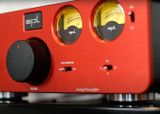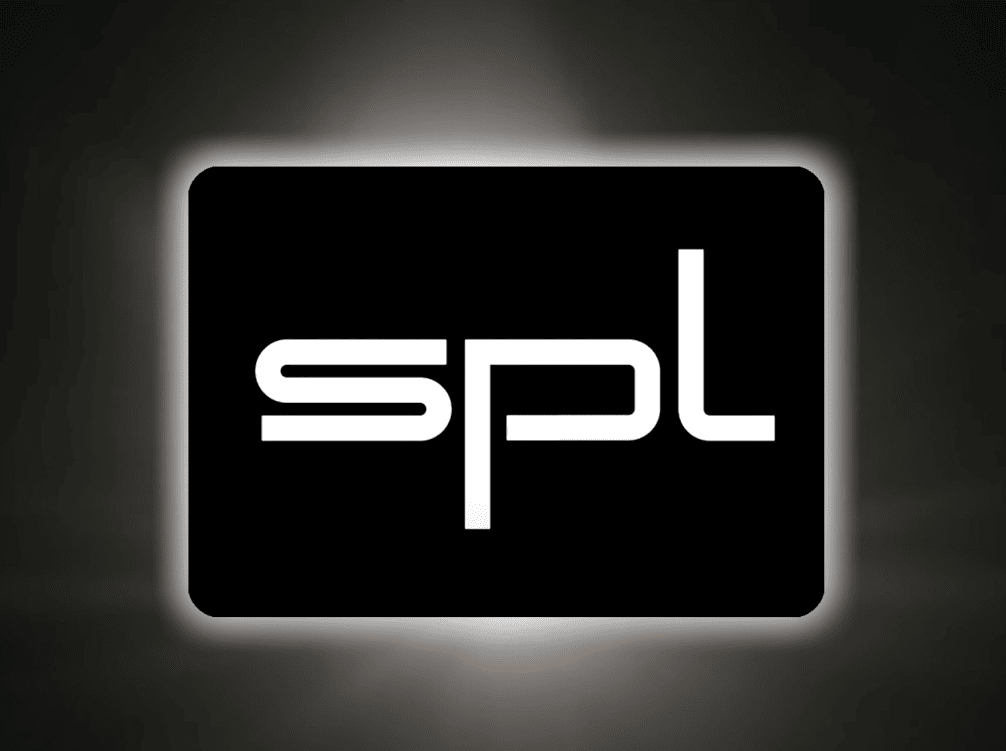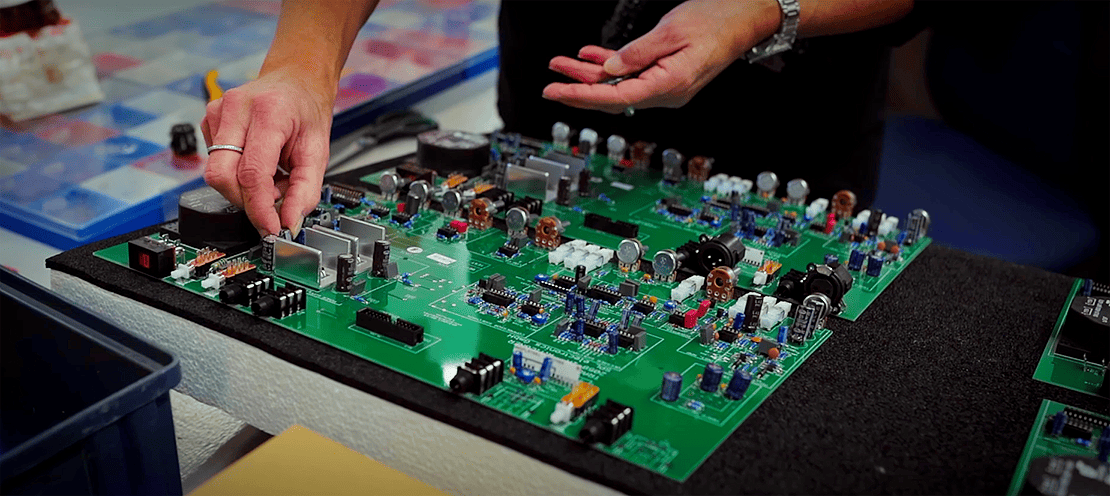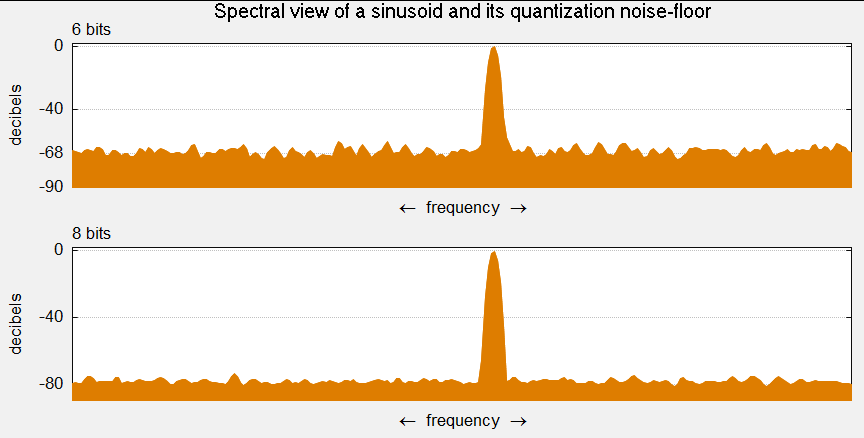TMR Exclusive Review: SPL Elector Preamplifier, Part 2

The Music Room has been a gold standard in the used HiFi market for almost a decade, but close observers have also seen us pick up new product brands one-by-one over the last few years. We focus on high-performance equipment that delivers serious value. We like rock-solid and well-run companies that can consistently provide products and refill our shelves as our knowledgeable sales team connects them with our customers.
Who's SPL?
One of our sales staff also comes from the pro audio side, having spent time as a professional mastering engineer in California and Colorado. Ever the salesman at heart, he got our team excited to explore a few brands from the pro world. Their products have been seen to straddle that line between pro and audiophile – brands such as Weiss Engineering, and, of course, SPL.

SPL began life in Germany in 1983 as the recording equipment creations of a German engineer named Wolfgang Neumann. At the time, top pro audio gear produced in the US was prohibitively expensive for his local studios because of the mismatch between the US dollar and the Deutsche Mark. European recording equipment was not offering what he was looking for.
When he met a bass player named Hermann Gier, who was finishing a degree in economics in college, the idea of making an electronics company was realized. Hermann saw Wolfgang's skill in circuit design, and the two of them explored and produced many components for the pro audio equipment rack in the years after their first introduction. Numerous patents and innovations helped grow SPL's stature in the recording industry, and today the company is considered a benchmark for engineering quality.
The typical audiophile has no need for a state-of-the-art outboard compressor, let alone a supremely low-noise microphone preamplifier. Yet SPL’s “Professional Fidelity” series definitely deserves a place in the rack, even among elaborate and expensive HiFi gear.
I tested SPL's all-analog Elector preamplifier in several well-tuned HiFi systems over the last few months, including one setup which costs north of $150,000. In every case, the Elector delivered astonishment at the sound for the price, with just a few differences observed between systems.
But some naturally wonder why, besides a volume control and multiple inputs, a HiFi preamplifier justifies its place in the audio rack and in the budget of the home audiophile.

Why Is A Preamplifier Essential?
Plenty has been written about what a good preamplifier can bring to a system. Typical attributes include increased channel separation, extra "oomph" (insert your own synonym here: "guts," "heft," "meat," etc.), added depth or detail, more inputs for the system, and that all-important volume control.
However, the main argument I like to present is different, though easy to grasp. It relates more to the modern digital audiophile situation, in my mind. A standalone digital converter (or the converter in a CD player or streamer) has specific noise related to its operation – noise which must be filtered by the DAC to reasonable levels if the device is to be considered deserving of the label "HiFi." Quantization errors and jitter present a challenge for all DAC designers and must be attacked surgically.
But after the onboard filters are implemented, it's how the signal relates to that noise that makes or breaks a digital product to the ears of audiophiles. Many DACs out there today offer volume controls of their own, making them tempting to use straight into the amplifier as a digital preamplifier.
Digital volume reduction means a reduction of bits, which are the units of loudness related to a digital signal. Some DACs and streamers perform interesting digital gymnastics to preserve the dynamic range in the recordings, like the PS Audio DirectStream DACs and products from streamer maker Lumin. The former upsamples the bit depth before the volume control, and the latter aims for more accurate truncation by using round numbers in its processing. Both are impressive, but they still don't address the root issue.
The main downside of a digital volume control is that the noise created in the conversion process remains steady despite the volume. The noise is independent of the signal. So, the more bits available, the lower the noise floor is, making the maximum DAC volume the ideal output from the digital device.

In excellent analog preamplifiers, however, self-noise is extremely low, and the digital noise that's part of the signal is lowered and raised relative to the signal. Preamplifiers create a situation where the noise is dependent on the signal, and the "signal-to-noise" ratio is preserved.
This may sound at first like a small thing, as many noise specifications in digital components claim levels below audibility, but in practice, there is plenty of noise that modulates its way into the audio band. Owners of the DAC-as-preamp approach can attest to this, and depending on the system and listening position, an audible hiss can really get in the way of the low-level details in well-recorded music.
Noise is the bane of the audiophile, and it doesn't necessarily need to be audible from the listening chair to affect the way a system sounds. The sound of a low-noise system, i.e., a "black background," is one where details and layers appear more prominently in all areas of the sonic soundstage.
The ideal setup for a HiFi system involves running the DAC at full output, and using a quality analog preamplifier to attenuate the sound fed to the amplifier. This keeps the digital noise low and the dynamic range as high as possible. I was eager to get to know this Elector and find out how it would manage this all-important task.
